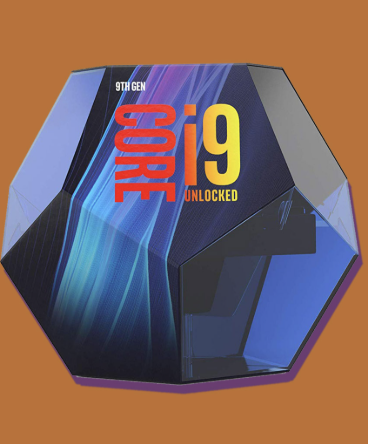Choosing between Intel and AMD processors for video editing can feel like stepping into a never-ending debate. Both brands deliver powerful CPUs that handle 4K, 6K, and even 8K timelines with ease—if configured properly. The difference lies in how they process video editing workloads, the software optimizations they offer, and the specific use cases they excel at.
1. Understanding CPU Requirements in Video Editing
Before comparing brands, it’s important to know what a CPU actually does during editing. Your processor is responsible for:
- Playback & Scrubbing: Smooth timeline navigation, especially with high-bitrate or RAW footage.
- Rendering & Exporting: Encoding and transcoding final videos into your desired format.
- Multitasking: Running editing software alongside plugins, background renders, and other apps.
While GPUs handle effects, transitions, and AI-powered features in tools like Premiere Pro and DaVinci Resolve, the CPU still plays a major role in responsiveness and export speed.
While GPUs handle effects, transitions, and AI-powered features in tools like Premiere Pro and DaVinci Resolve, the CPU still plays a major role in responsiveness and export speed. If you want a deeper breakdown of how hardware impacts real-world editing performance, this complete guide to video editing PC components explains how CPU, GPU, RAM, and storage work together in modern workflows.
2. Intel Processors for Video Editing
Strengths:
- Quick Sync Technology: Hardware-accelerated encoding/decoding for H.264, H.265, and VP9 formats. This can drastically reduce export times in Adobe Premiere Pro.
- High Single-Core Performance: Beneficial for effects and filters that aren’t well-optimized for multi-threading.
- Excellent Compatibility: Broad driver support and stability across editing applications.
Weaknesses:
- Higher power consumption in some high-end models.
- Can be more expensive per core compared to AMD.
3. AMD Processors for Video Editing
Strengths:
- High Core Count at Lower Cost: Great for rendering, 3D work, and multi-layer timelines.
- Strong Multithreading Performance: Ideal for color grading in DaVinci Resolve and working with RAW video formats.
- PCIe 4.0/5.0 Support: Offers faster access to NVMe storage, benefiting large video project workflows.
Weaknesses:
- No Quick Sync equivalent, so H.264/H.265 encoding may be slower unless you rely on GPU acceleration.
- Historically had slightly lower single-core speeds (though this gap has closed with Ryzen 7000+).
4. Intel vs AMD: Workflow Scenarios
5. Software-Specific Optimizations
- Adobe Premiere Pro: Benefits heavily from Intel Quick Sync, but AMD shines in complex multi-track sequences when paired with a powerful GPU.
- DaVinci Resolve: Leans more on the GPU, but AMD’s higher core counts give an advantage in Fusion and color grading workflows.
- After Effects: Intel’s single-core advantage can speed up previews, though multi-core performance still matters for renders.
Each editing application leverages hardware differently, which is why choosing the right CPU depends heavily on your primary software. This detailed comparison of video editing software breaks down how tools like Premiere Pro, DaVinci Resolve, and After Effects use CPU cores, GPU acceleration, and memory.
6. Future-Proofing Considerations
- If you work with AI-powered video editing tools, both Intel and AMD are viable, but Intel’s integrated GPU acceleration may give an edge in H.264-heavy projects.
- AMD’s core-heavy chips might age better for emerging multi-threaded workloads like AI upscaling, noise reduction, and motion tracking.
Conclusion: Which One Should You Choose?
If your work revolves around fast exports for social media and you frequently edit H.264/H.265 footage, Intel is a strong pick thanks to Quick Sync.
If you focus on cinematic projects, RAW footage, and multi-layer timelines, AMD offers incredible value with its multi-core power.
Pro tip: Pair your CPU with a high-performance GPU, fast NVMe storage, and enough RAM (32GB minimum for 4K workflows) for the best results.
💡 Want to truly master Intel or AMD-based editing workflows? Check out our Video Editing Course to learn professional techniques for Premiere Pro, After Effects, and DaVinci Resolve—regardless of your hardware.






